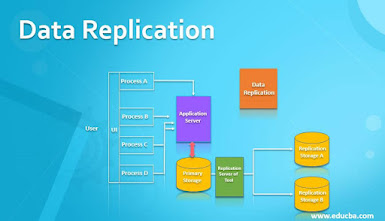Types of PostgreSQL Change Data Capture
PostgreSQL is one of the most common open-source relational databases and is preferred as a platform for use cases ranging from data warehouses and analytics to OLTP workloads. However, often,time-bound reporting needs do not match the hourly or daily batch sync between these databases. The most optimized solution, in this case, is to have continuous sync with Change Data Capture, a software design pattern that tracks and monitors changes made to a database so that the required action can be taken on them.
There are several benefits
of the PostgreSQL ChangeData Capture.
It keeps data warehouses
and other downstream systems in sync with PostgreSQL by capturing changes in real time. Next, PostgreSQL
Change Data Capture reduces the
load on PostgreSQL since only the relevant changes are processed. Finally,
efficient implementation is ensured of use cases that require access to changes
made in PostgreSQL without modifying the application code.
Types
of PostgreSQL Change Data Capture
Trigger-based
PostgreSQL CDC
Here, changes such as
Insert, Delete, and Update are identified and for each change, insert one row
into a changing table, thereby building a changelog. This method stores event that is captured inside PostgreSQL only.
Query-based PostgreSQL CDC
This is useful when the schema of the
tracked database has a timestamp column and PostgreSQL
Change Data Capture has to be recurringly
queried using that column.
Logical Replication-based
PostgreSQL Change Data Capture
In this type, changes to the
configuration file are done through logical replication that is implemented by
a decoding plugin automatically. For PostgreSQL versions older than 10, it has
to be done manually.
These are the types of PostgreSQL
Change Data Capture



Comments
Post a Comment